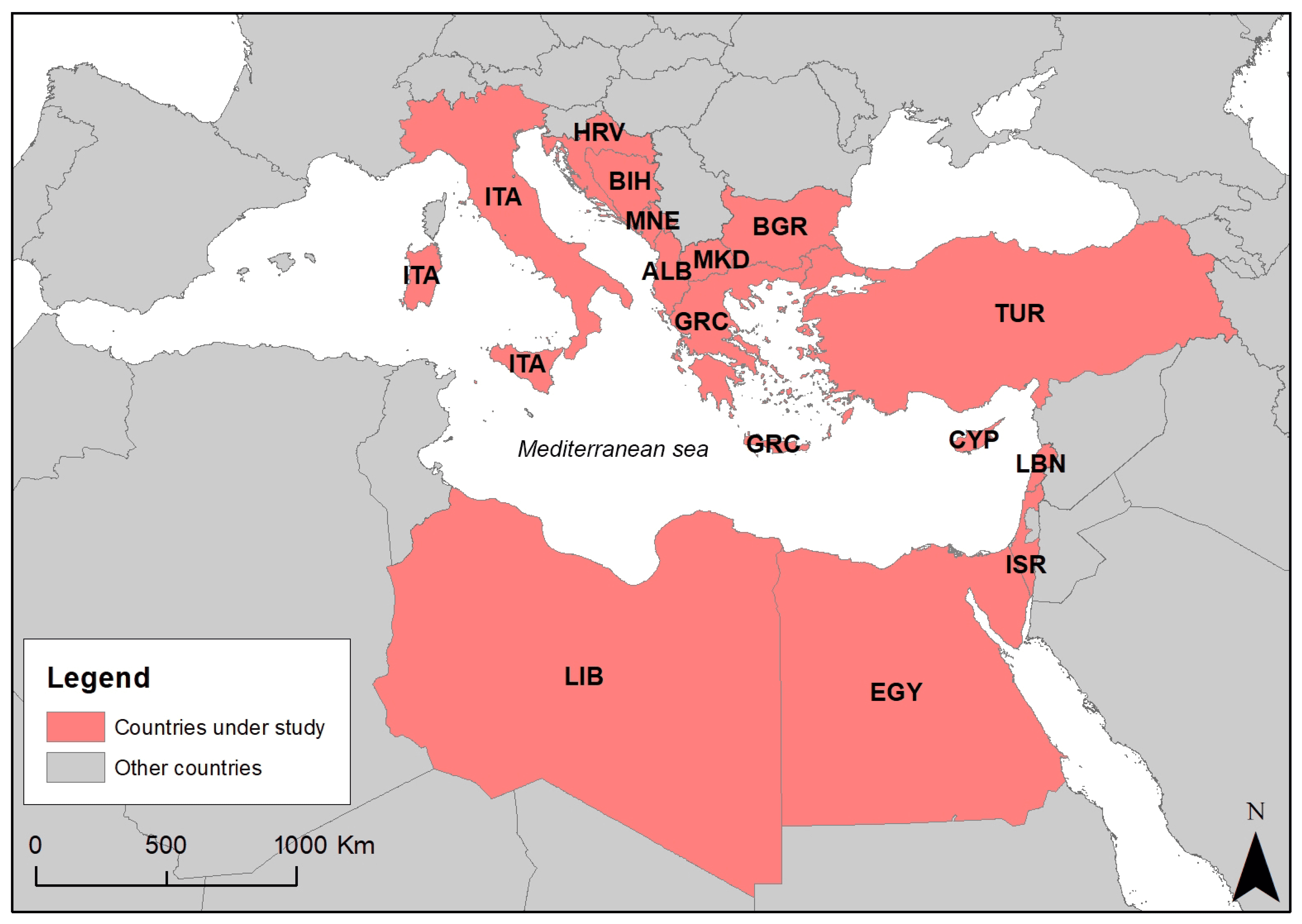This article compares and contrasts the Roman Empire and the Byzantine Empire, two of the most significant states in Mediterranean history. The Roman Empire was founded in 27 BC and was known for its military might, engineering, law, and government, while the Byzantine Empire was a continuation of the Roman Empire and was recognized for its art, architecture, and religious influence. The two empires had significant differences in their government, society, religion, and culture, but shared some similarities, including their use of heavy and highly trained military. Understanding these differences can help us gain a better understanding of two of the most important empires in world history.
The Roman Empire vs. The Byzantine Empire: Examining Two Powerful Mediterranean States
Introduction
The Roman Empire and the Byzantine Empire are two of the most significant states in Mediterranean history. The former was known for its military might, engineering, law, and government, while the latter was recognized for its art, architecture, and religious influence. This article will compare and contrast these two powerful states and explore their significant differences and similarities.
Historical Background
The Roman Empire was founded in 27 BC when Augustus became the first Roman Emperor. It stretched across Europe, North Africa, and the Middle East, covering an area of over 2.2 million square miles. The empire was organized into provinces, with each province ruled by a governor appointed by the central government in Rome. Ancient Rome was a polyglot society, and Latin was the official language.
The Byzantine Empire, also known as the Eastern Roman Empire, was a continuation of the Roman Empire. It was founded by Constantine the Great in 324 AD when he made Byzantium the new capital, renaming it Constantinople. The Byzantine Empire was the continuation of the Roman Empire, and its greatest strength was its military. It was a place where Greek culture and language thrived, and the Orthodox Christian Church played a significant role.
Government and Society
The Roman Empire had a complex system of government, with powers divided between a senate and an emperor. The emperor was the ultimate authority, but the senate functioned as an advisory body with the power to propose laws. Society in Rome was divided into social classes, with slaves being prevalent.
The Byzantine Empire’s government was an autocratic monarchy, with the emperor holding absolute power. The emperor was also viewed as a religious figure, and the church played a vital role in society. The emperors were advised by a council of officials who held high positions in the government, such as the Logothete, or the chief financial official. Society in Byzantium was wealthy and aristocratic, and slavery was not as widespread, but it still existed.
Military
The Roman Empire was renowned for its military, with the use of the Roman Legion as one of the most feared in the Mediterranean world. The Roman Navy was also excellent, and it played a significant role in protecting the empire’s trade routes.
The Byzantine Empire continued the Roman tradition of a large, well-trained, and organized army. The Byzantine Empire’s armies were known for their use of heavy cavalry and a specialized type of infantry, known as the Varangians, who were highly skilled in hand-to-hand combat.
Religion and Culture
Ancient Rome was a polytheistic society, with religious beliefs that were complex and often focused on household gods. Christianity became the official religion of the Roman Empire in 380 AD.
The Byzantine Empire was a religious state, with the Orthodox Christian Church holding a significant influence on society. Byzantine art is one of the most recognizable and highly regarded art forms in history. The empire’s military was highly religious, and the use of religious icons on banners, standards, and shields was common.
Conclusion
In summary, the Roman Empire and the Byzantine Empire were two of the most powerful states in the Mediterranean world. The Roman Empire was known for its military might, engineering, law, and government, while the Byzantine Empire was recognized for its art, architecture, and religious influence. While both empires shared some similarities, including their use of heavy and highly trained military, they had significant differences in their government, society, religion, and culture. Understanding these differences can help us gain a better understanding of two of the most important empires in world history.
